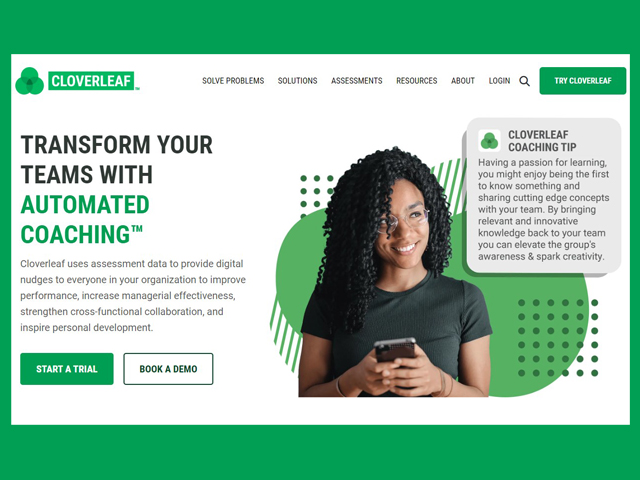
Attending college is an exciting and transformative experience, but it can also be a significant financial burden for many students and their families. The rising cost of tuition, room and board, textbooks, and other expenses can make paying for college seem like an insurmountable challenge.
However, there are several ways to fund your education without having to take on excessive debt or sacrifice your financial stability.
In this article, we’ll explore five ways to pay for college that can help you take control of your finances and achieve your academic goals. From 529 college savings plans to scholarships, grants, work-study programs, student loans, and credit loan online, we’ll provide you with practical tips and strategies to maximize your financial aid and minimize your overall college expenses.
Whether you are a current or prospective college student, our guide will give you the tools you need to make informed decisions about your education and your future.
College Expenses
Attending college is a significant financial undertaking, with tuition and fees at a four-year public university costing around $10,000 per year for in-state students, making it one of the most expensive purchases after buying a home.
This expense can be overwhelming for many families, and not everyone can afford to pay for college out of pocket. Therefore, it's essential to explore all available options for funding your education, including scholarships, grants, work-study programs, student loans, and financial aid.
The cost of college includes not only tuition and fees but also room and board, textbooks, and other expenses. It's crucial to plan ahead by creating a budget and researching all financial aid options.
Applying for financial aid begins with completing the FAFSA (Free Application for Federal Student Aid). Additionally, students should consider community college or less expensive universities, taking a gap year to work and save money, and applying for scholarships throughout college.
By being proactive and informed, students can take control of their finances and successfully fund their education.
529 Savings Plan
Like a seed that grows into a mighty oak, a 529 savings plan can provide a solid foundation for future educational expenses. This tax-advantaged account is designed to help families save for qualified college expenses or K-12 private school tuition. Most states offer their own 529 plan with added tax benefits for state residents.
The beauty of a 529 plan is that the funds grow tax-free and can be withdrawn tax-free for qualified educational expenses. There are no income restrictions or age limits, making it accessible to anyone who wants to save for their education.
Additionally, friends and family members can contribute to the account, making it a great tool for grandparents or other relatives who want to help with the cost of education.
Overall, a 529 savings plan is a smart way to invest in the future and take control of education expenses.
Scholarships and Grants
Scholarships and grants are two popular ways for students to finance their college education. Scholarships are often merit-based and awarded to students who have demonstrated academic excellence, while grants are typically need-based and awarded to students who come from low-income backgrounds.
Many scholarships and grants are also available for students who belong to certain demographic groups, such as minorities, women, or members of the LGBTQ+ community.
Applying for scholarships and grants can be a time-consuming process, but it is well worth the effort. Many organizations, including colleges and universities, offer scholarships and grants to help students pay for their education.
Students should consider applying for as many as they can and that there are certain steps to secure a scholarship or grants. It is important to note that scholarships and grants do not need to be repaid, making them an attractive option for students who want to avoid taking on student loan debt.
Student Loans and Work-Study Programs
Although many students are eager to receive financial aid and student loans to cover their education expenses, it is important to carefully consider the terms and conditions of such loans and the potential impact on their future finances before making a decision.
Federal student loans are a common option for many students, as they offer low interest rates and flexible repayment options. However, it is important to remember that these loans must be paid back and can accumulate interest over time, potentially impacting future financial decisions such as buying a home or starting a family.
One more way students can earn money toward their education costs is through work-study programs. Students at both the undergraduate and graduate levels who demonstrate financial need can participate in the Federal Work-Study Program (FWS), which provides them with financial support in the form of paid part-time employment.
With work-study, students can get on-campus (and sometimes off-campus) jobs to help them pay for their education. Students can participate in the program and earn credit toward their degree while also gaining valuable work experience. Financial needs, good academic progress, and the availability of positions are the primary criteria for work-study eligibility.
It is important to explore all options and weigh the potential impact of loans on future finances before making a decision on how to fund college expenses.
Conclusion
Funding your education can be overwhelming, but it doesn't have to be. By utilizing the five strategies discussed in this article, you can make college expenses more manageable and reduce your financial burden.
However, it's important to remember that paying for college is like climbing a mountain. It requires dedication, hard work, and persistence. Just like a hiker must take one step at a time to reach the summit, you must take one financial step at a time to reach your academic goals.
Don't give up, keep climbing, and soon enough, you'll reach the top.











